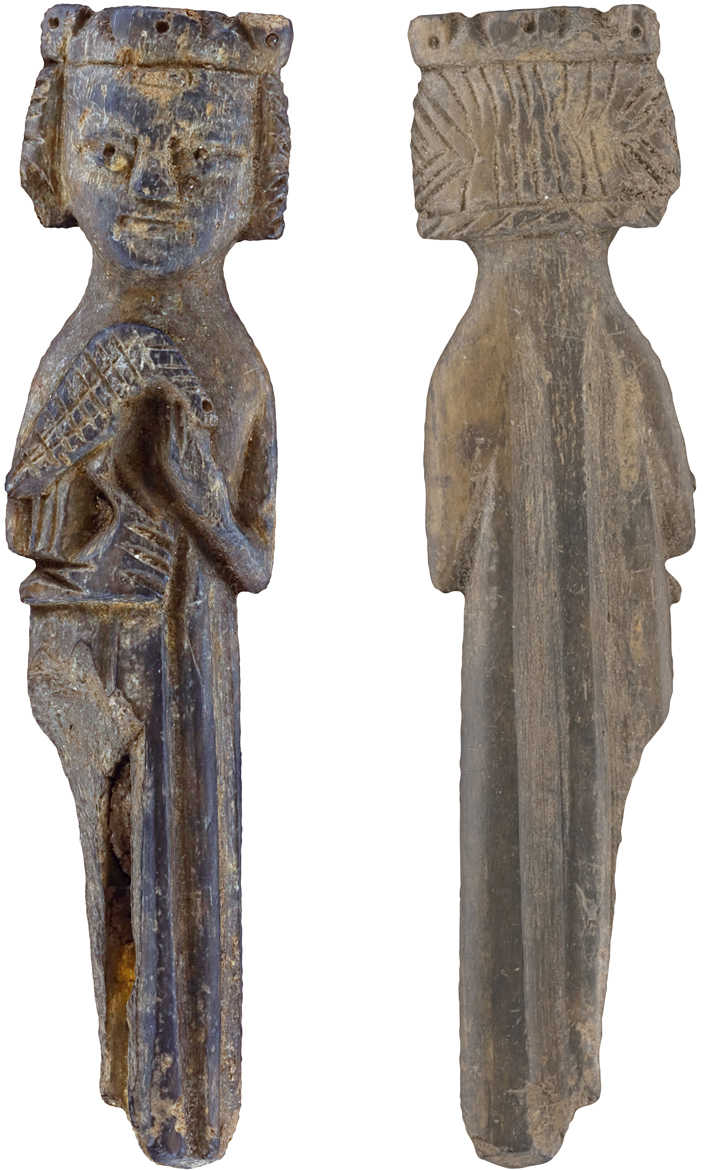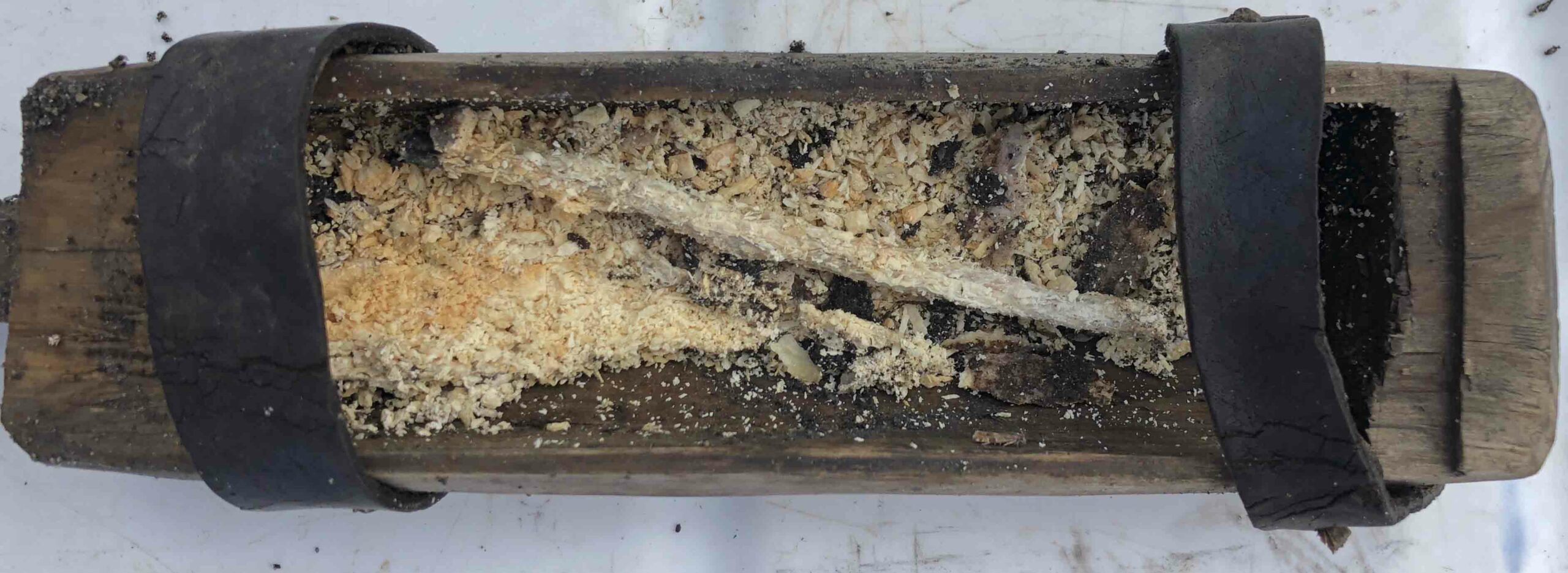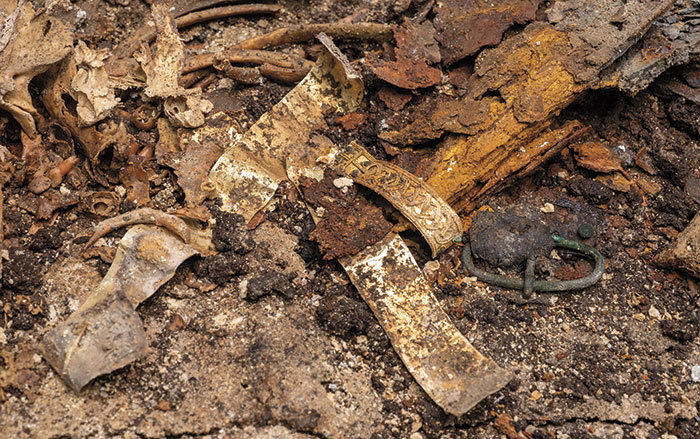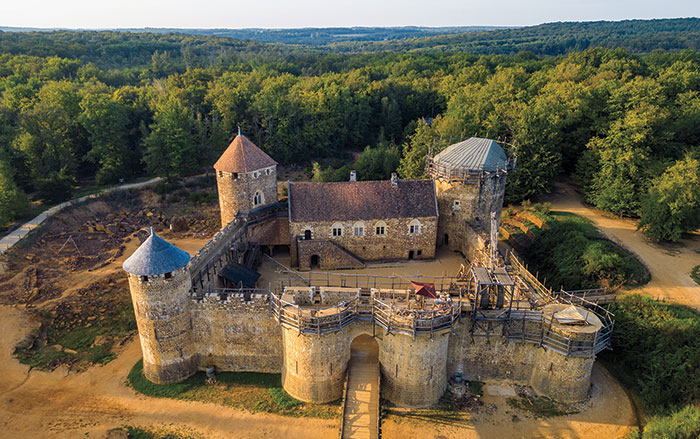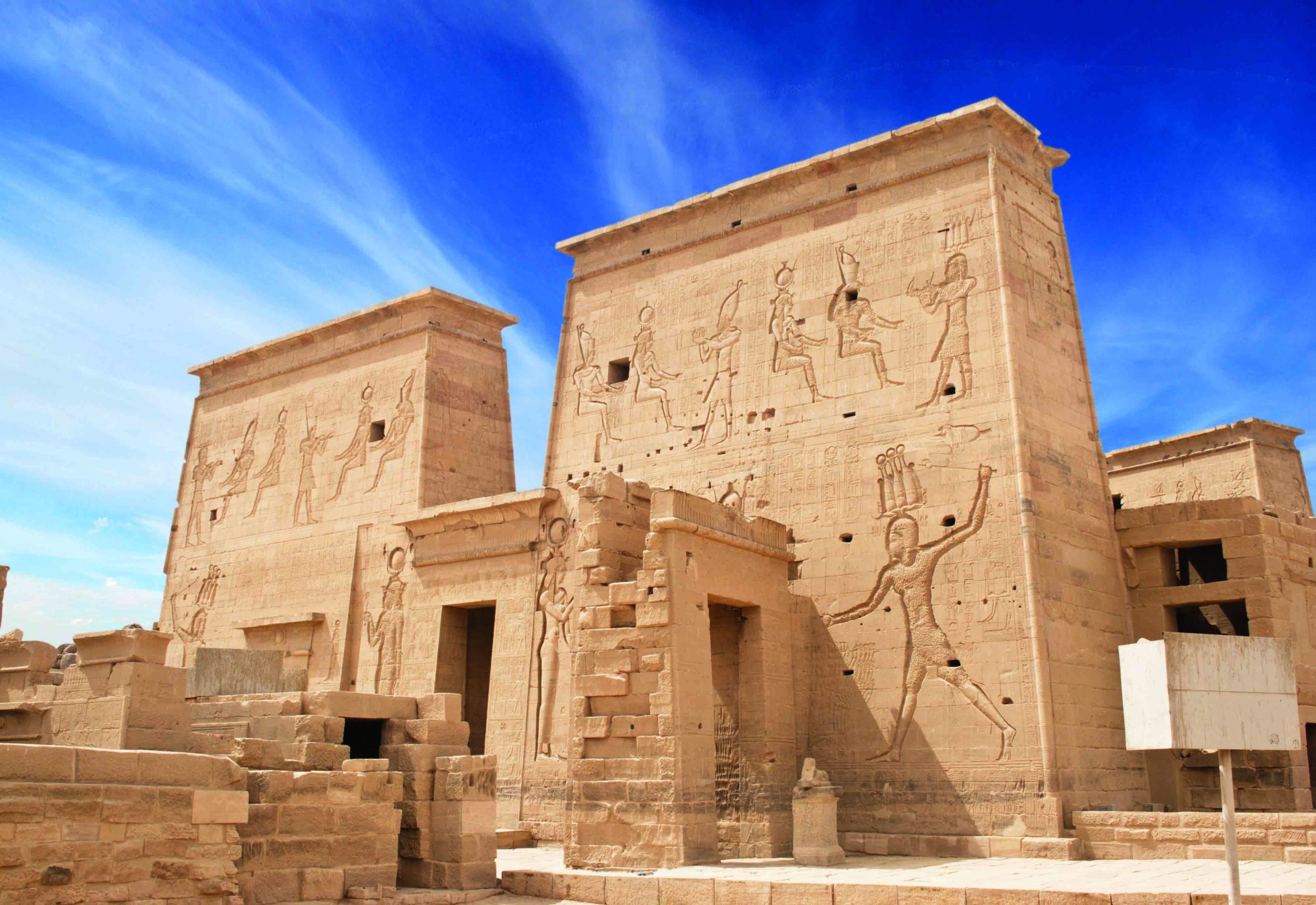
OSLO, NORWAY—According to a statement released by the Norwegian Institute for Cultural Heritage Research (NIKU), a three-inch-long figurine carved from bone or antler was discovered at the site of a medieval garden near the ruins of a fortified royal residence in Oslo by archaeologist Ann-Ingeborg Floa Grindhaug. The smiling, curly-haired figure wears a crown and carries a falcon on a gloved arm, and may therefore depict a king or queen, explained NIKU art historian Kjartan Hauglid. The style of the clothing and the headpiece suggest that the figure dates to the early thirteenth century, making it one of the earliest-known depictions of falconry in northern Europe, he added. The lower half of the object is hollow, and may have been placed on a shaft for use by a noble or king. Håkon Håkonsson, who was king of Norway from 1217 to 1263, is known to have practiced falconry and to have given precious falcons as gifts to other European royal houses in order to build alliances. To read about another discovery in Norway, go to "Around the World: Norway."


